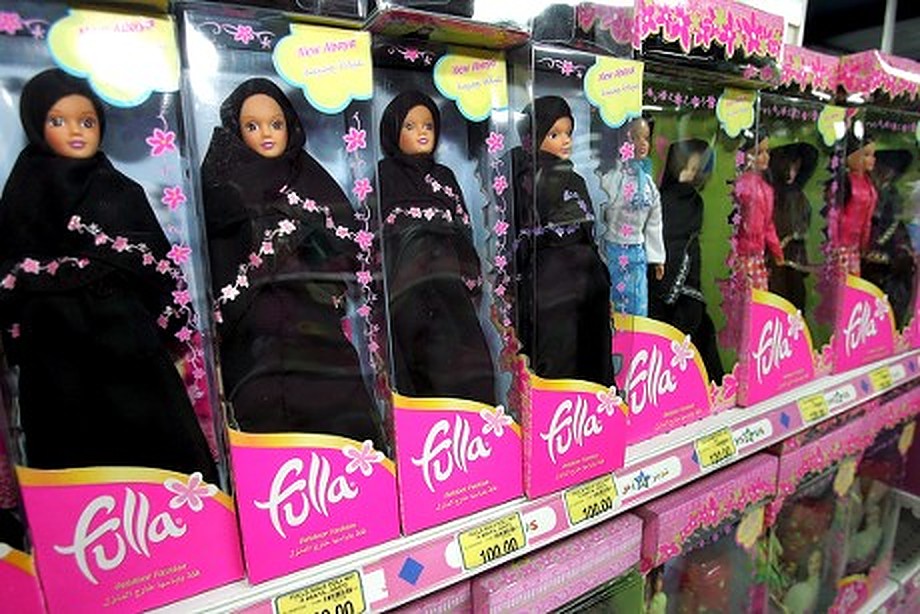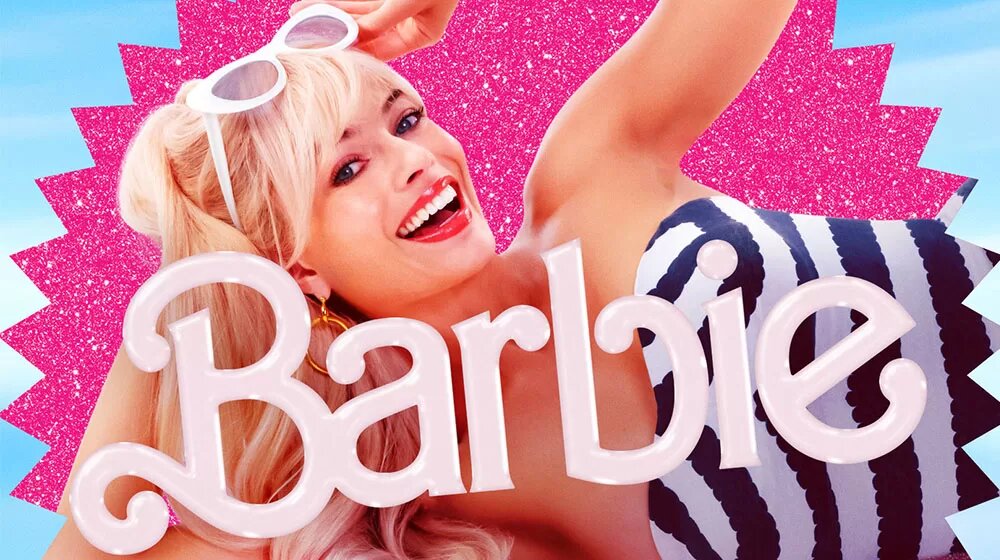
The year 1959 is often known to be the “year that changed everything”.
The first ever picture of planet Earth was taken from the galaxy, which provided us all with a momentary snapshot of the insignificance of human reality. Fidel Castro, a Cuban revolutionary, defied the world and overthrew a US-backed government in Cuba, further intensifying tensions between the US and the Soviet Union.
But while astronauts were flying out into space and politicians were pulling humanity into a catastrophic cold war, another major event — some would say a cultural breakthrough — was unfolding: the official launch of Barbie.
It may seem like there is not really much to say about a doll. After all, it was only really just that: a doll for children to play with. Yet the reaction far exceeded that. Dressed in a black-and-white zebra striped swimsuit, Barbie became the first ever doll to have a more adult-like appearance, which not only caused outrage, but also ignited countless cultural debates around women’s body image and appearance.
A doll with breasts? Dressed in a swimsuit? It was a global catastrophe.
Parents were horrified, women’s rights activists protested her, socialists critiqued her materialism, religious groups detested her promiscuity, and countries like Saudi Arabia temporarily banned her. The white, blonde and thin doll was already carrying the pressures of the world on her tiny shoulders.
In a famous Saturday Event Post 1963 article, a writer labeled Barbie as “a tiny parody of our pursuit of the beautiful, the material and the trivial.”
Though in the midst of this mania, Barbie’s influence in the Arab world, and particularly on young Arab girls, was so momentous to the extent that an alternative was invented to counter ‘Western influence’.
Wearing a full-length black abaya (a loose over-garment that covers the full body), Fulla — a Barbie-like fashion doll marketed to children in Muslim-majority countries — was not only presented as a competitor to American Barbie, but also some argue left a troubling legacy: a self-inflicted stereotype of Muslim women, which, ironically, reinforces Western stereotypes about how a Muslim woman looks, as feminist scholar Amina Yaqin writes.
The term ‘Islamic Barbie’ was commonly used in the headlines of major Western news outlets, from The Guardian to The Daily Star. Not only did it fuel the West’s narrow imaginations and conceptions of Muslim women, but it also reduced their identities to an artificial doll that has nothing to offer other than her visual appearance. Before they even got to choose their careers of interest, understand their passions or even envision their future, young girls in the Arab world were already grappling with an ideological and cultural war between the East and West.
Although Barbie’s original mantra in most of her stories, commercials and movies is to “just be yourself,” she became a symbol of how visual stereotypes of women across the world can produce a narrowing view of one’s own identity, community, and ultimately, one’s own self.

Whether it’s an Islamic Barbie, Mexican Barbie, Black Barbie, or a Native American Barbie, the journey of making Barbie ‘more inclusive’ turned into a double-edged sword; while it displayed the diverse styles and looks of women, it also pushed the message that “you can be anything, but only if you’re white and blonde,” according to Barbie historian Robin Gerber. In other words, while the original Barbie can dress to be anything at all, Barbies from other backgrounds were restricted to appear in a specific style of dress and persona.
So what really is the message behind Barbie? Is she only a symbol of female objectification and cultural imperialism as most would say? Not necessarily.
Perhaps one can also say that Barbie’s complexity lies in her ability to spark conversations around womanhood, and bring out the “Barbie Girl” in all of us: one who can unapologetically express one’s own extravagant and colourful sense of style, even while being successful and goal-oriented. It is to balance both our outer and inner perceptions of ourselves.
For Hagar Khaled*, a teaching assistant in Egypt, and who grew up playing with Barbie dolls, Barbie’s movies always revolved around her trying to achieve a goal or a dream, but even so, she still kept a strong sense of style.
“She was the only doll that was always overdressed,” Khaled tells Egyptian Streets.
“But it also embedded a belief in me somehow that being overdressed is not a bad thing. You can be smart and achieve your goal and also dress however you would like.”
The opinions and ideas expressed in this article are the author’s and do not necessarily reflect the views of Egyptian Streets’ editorial team. To submit an opinion article, please email [email protected].
Subscribe to the Egyptian Streets’ weekly newsletter! Catch up on the latest news, arts & culture headlines, exclusive features and more stories that matter, delivered straight to your inbox by clicking here.







Comments (3)
[…] Source link […]
[…] post Barbie’s Swimsuit, and Her Influence on an Arab Generation first appeared on Egyptian […]